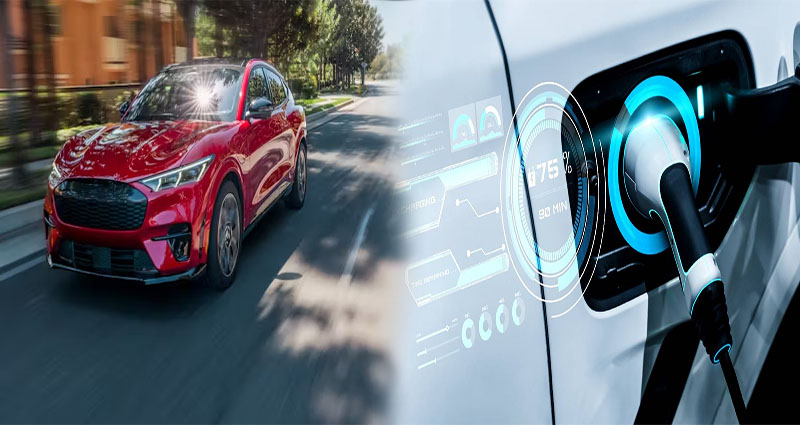Electric Car Cornering Capabilities Compared to Traditional Gasoline Vehicles
With the growing popularity of electric vehicles (EVs), it is important to understand how their performance compares to traditional gasoline vehicles. One aspect that is often overlooked is their cornering capabilities. While traditional gasoline vehicles have long been praised for their ability to handle corners, electric cars are quickly catching up in this department. Let’s take a closer look at how electric car cornering capabilities stack up against their gasoline counterparts.
Electric cars have a few distinct advantages when it comes to cornering. One of the key factors contributing to their superior cornering capabilities is their low center of gravity. Electric vehicles typically have their battery packs located at the bottom of the car, resulting in a lower center of gravity compared to traditional gasoline vehicles. This weight distribution lowers the possibility of body roll during cornering, allowing for a more stable and controlled driving experience.
Furthermore, electric cars often … Continue reading >>>>











